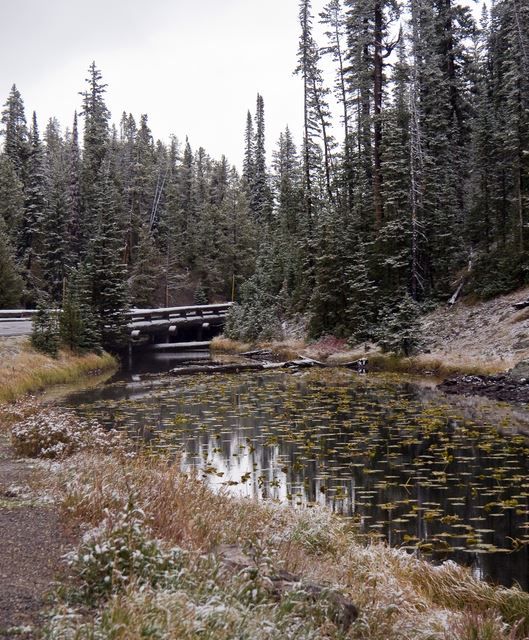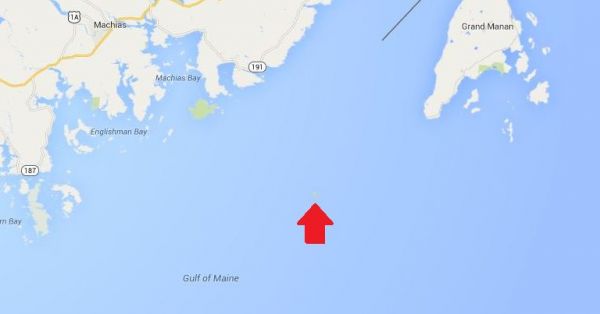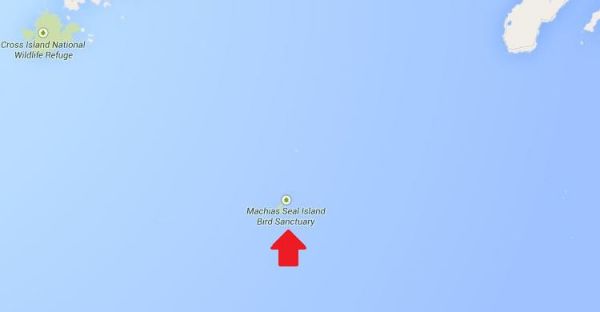Carolina Naturally is read in 197 countries around the world daily.
Bugs ... !
Some of our reader today have been in:
The Americas
Leeds, Kalispell, Venice, Pasco, Baraboo and Palatine, United States
Toronto, Sioux Lookout, Ottawa, Pikangikum, Thunder Bay, Montreal, Mississauga and Britannia, Canada
Curitiba and Sao Paulo, Brazil
Tijuana, Mexicali and Mexico City, Mexico
Buenos Aires, Argentina
Managua, Nicaragua
Bogota, Colombia
Europe
Kiev and Kharkiv, Ukraine
Vienna, Austria
Widdern, Konstanz, Koeln, Dusseldorf and Neuss, Germany
Rouen, Magenta, Paris, Oberhaslach and Salon-De-Provence, France
Pescara and Capriate San Gervasio, Italy
Zurich, Switzerland
Bucharest, Romania
Manchester, London, Exeter and Euston, England
Dubrovnik, Croatia
Madrid and Ferrol, Spain
Reykjavik, Iceland
Izmir, Turkey
Sarajevo, Bosnia and Herzegovina
Oslo, Norway
Dublin, Ireland
Vladivostok, Ryazan and Domodedovo, Russia
Brussels, Belgium
Bratislava, Slovakia
Stockholm, Sweden
Lisbon, Portugal
Copenhagen and Kongens Lyngby, Denmark
Asia
Cuttack, Thiruvananthpuram, New Delhi, Bangalore, Pune, Ahmedabad and Mumbai, India
Jakarta, Indonesia
Colombo and Galkissa, Sri Lanka
Hanoi, Vietnam
Beijing, Xi'an, China
La Dagotiere, Mauritius
Tokyo, Japan
Kuala Lumpur, Lahad Datu and Putrajaya, Malaysia
Bangkok and Lat Krabang, Thailand
Amman, Jordan
Beirut, Lebanon
Tehran and Esfahan, Iran
Kathmandu, Nepal
Africa
Casablanca, Morocco
Cairo, Egypt
Cape Town, South Africa
Shurugwi, Zimbabwe
Bahan, Sudan
The Pacific
Sydney, Australia
Makati and Manila, Philippines

















